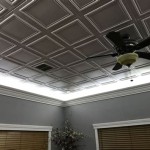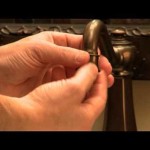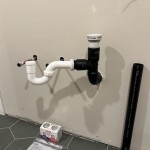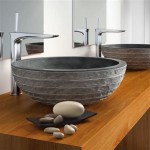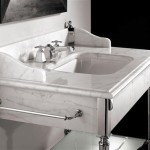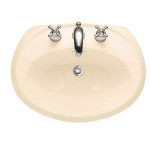How to Remove Black Mold From Bathroom Floor
Black mold, a common problem in humid environments like bathrooms, can pose health risks. Its presence is not only unsightly but can also trigger allergies and respiratory issues. While removing black mold may seem daunting, it can be achieved with proper preparation, safety measures, and effective cleaning solutions. Here's a comprehensive guide to effectively eliminate black mold from your bathroom floor.
1. Preparing for Mold Removal
Before tackling the task, it's crucial to prioritize safety and prepare the area effectively. This involves:
- Ventilating the Bathroom: Open windows and doors to increase air circulation and reduce humidity. Ensure adequate ventilation during and after the cleaning process.
- Protecting Yourself: Wear protective gear, including a respirator mask, gloves, and long-sleeved clothing. These precautions prevent inhaling mold spores and skin contact.
- Securing the Area: Keep pets and children away from the moldy area during cleaning to avoid exposure to harmful spores.
- Identifying the Source: Assess the root cause of the mold growth. This might involve fixing leaky pipes, improving ventilation, or addressing moisture issues.
2. Cleaning the Mold
After preparation, you can begin cleaning the black mold. The cleaning process involves removing the mold from the surface and killing the remaining spores.
- Cleaning Solution: Mix a solution of bleach and water in a ratio of 1:10. It's critical to wear protective gear while working with bleach. Other effective cleaning agents include borax, baking soda, and vinegar, but they may be less effective than bleach.
- Applying the Solution: Apply the cleaning solution with a brush or spray bottle to the affected area. Allow the solution to sit for about 10 minutes before scrubbing the mold with a stiff-bristled brush.
- Rinse Thoroughly: After scrubbing, rinse the area with clean water. Ensure all traces of the cleaning solution are removed.
- Drying the Floor: Dry the floor completely using a towel or fan. Moisture can encourage mold growth, so thorough drying is essential.
3. Preventing Mold Recurrence
After removing black mold, it's crucial to take steps to prevent its return. Mold thrives in damp and humid environments. Therefore, addressing moisture issues is vital.
- Repairing Leaks: If mold is caused by leaky pipes, repair them promptly.
- Improving Ventilation: Ensure adequate ventilation in the bathroom. Use exhaust fans during and after showers.
- Using a Dehumidifier: Consider using a dehumidifier, especially if the bathroom is prone to excessive humidity.
- Regular Cleaning: Clean the bathroom regularly to prevent mold build-up. Wipe down surfaces after showers and mop the floor frequently.
The best way to combat black mold is to prevent its growth in the first place. By addressing moisture issues, ensuring proper ventilation, and maintaining a clean bathroom, you can create a healthier environment for yourself and your family.
If the mold infestation is extensive or if you face difficulty removing it, consider seeking professional help. Experienced mold remediation professionals can assess the situation, determine the cause, and implement appropriate solutions.

How Do I Remove Black Mould From Shower Floor

Black Mold In The Shower How To Clean It Kitchen With Matt

What Do About Black Mold In The Bathroom Bob Vila

Learn How To Remove Black Mold From Shower Silicone Sealant Clean Deep Cleaning Tips House

How To Clean Mold In Shower Grout Tips And Tricks Certified Care

Safely Remove Black Mold From Your Subfloor Frugal Thumb

Killing Preventing Black Mold In The Bathroom

How To Get Rid Of Mold In The Shower On Bathroom Walls Clorox

Kill Bathroom Mould Without Bleach Electrodry Blogs

What Is The Black Stuff In My Shower Jdog Carpet Cleaning Floor Care
Related Posts

